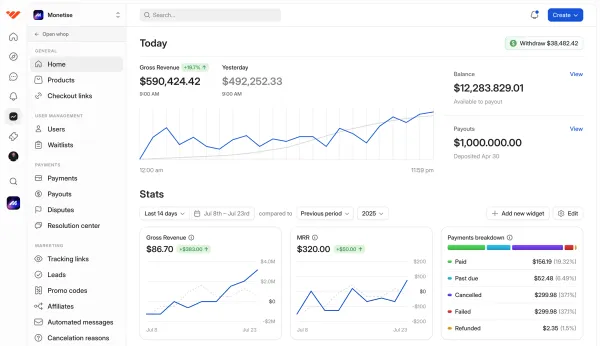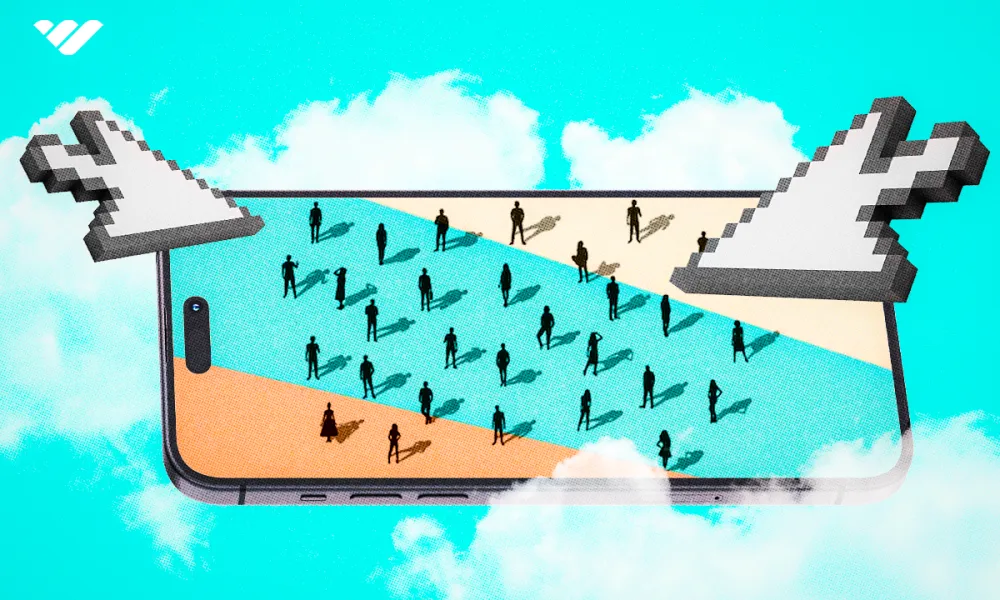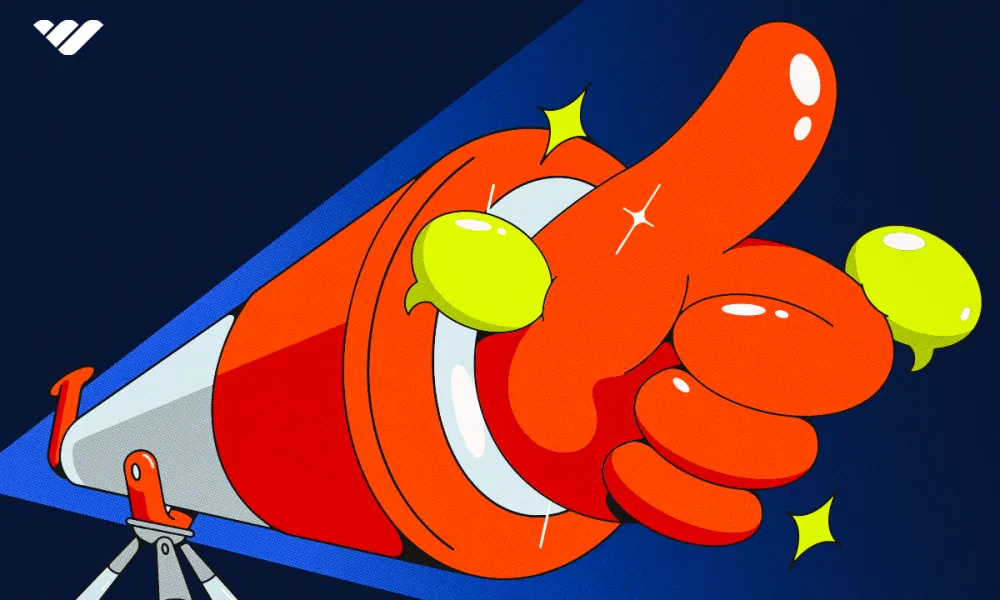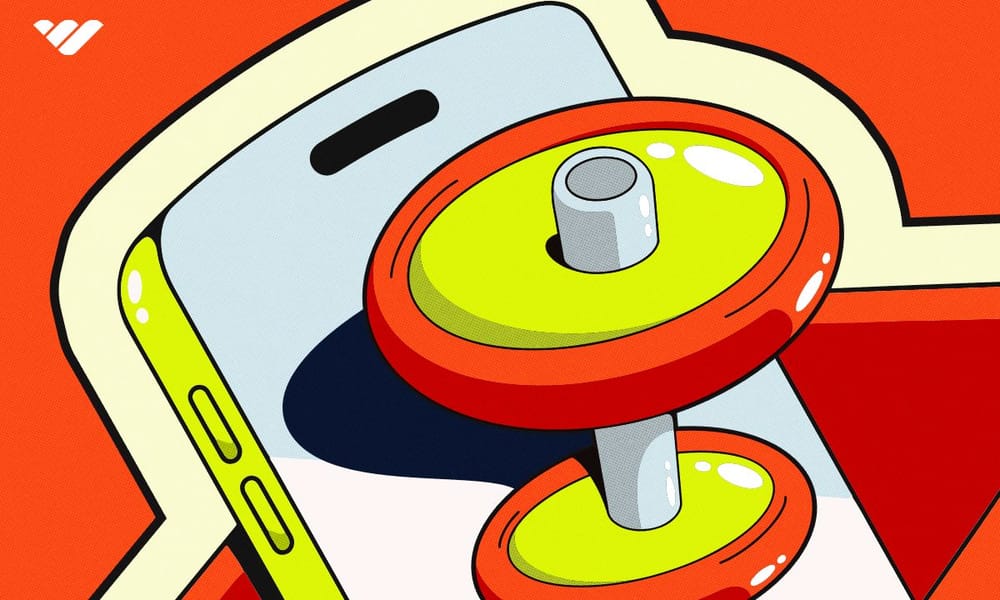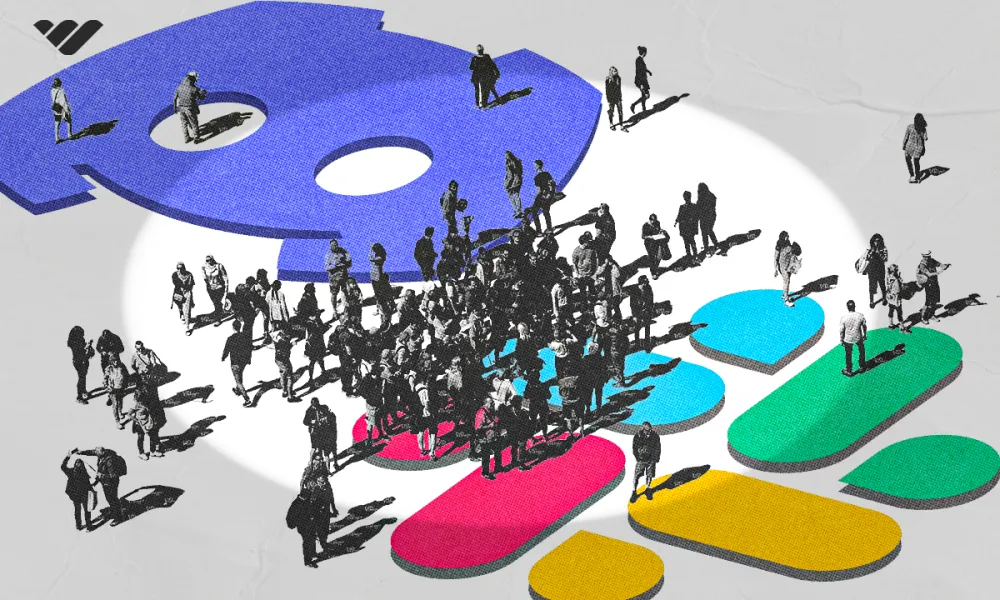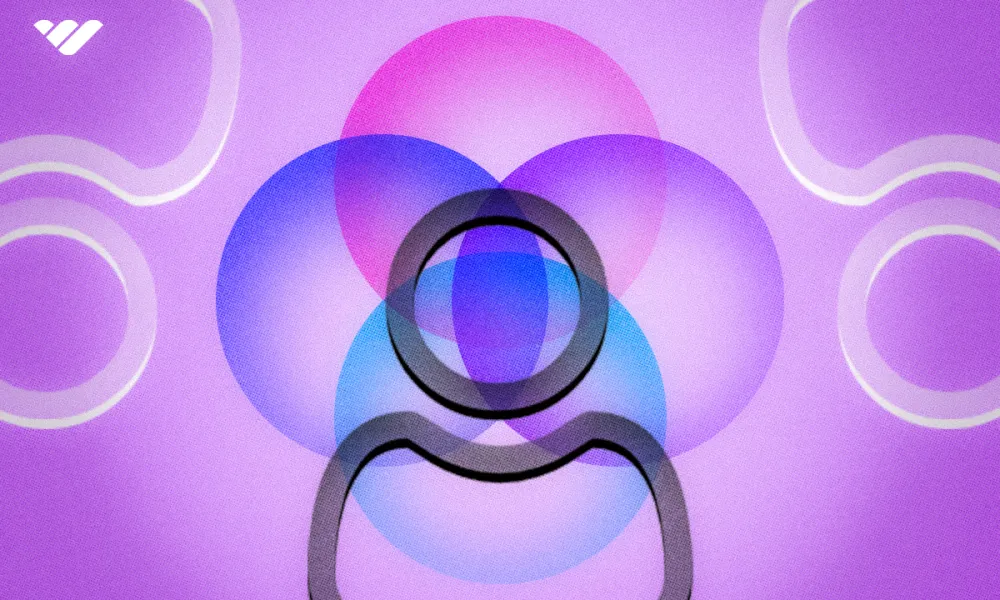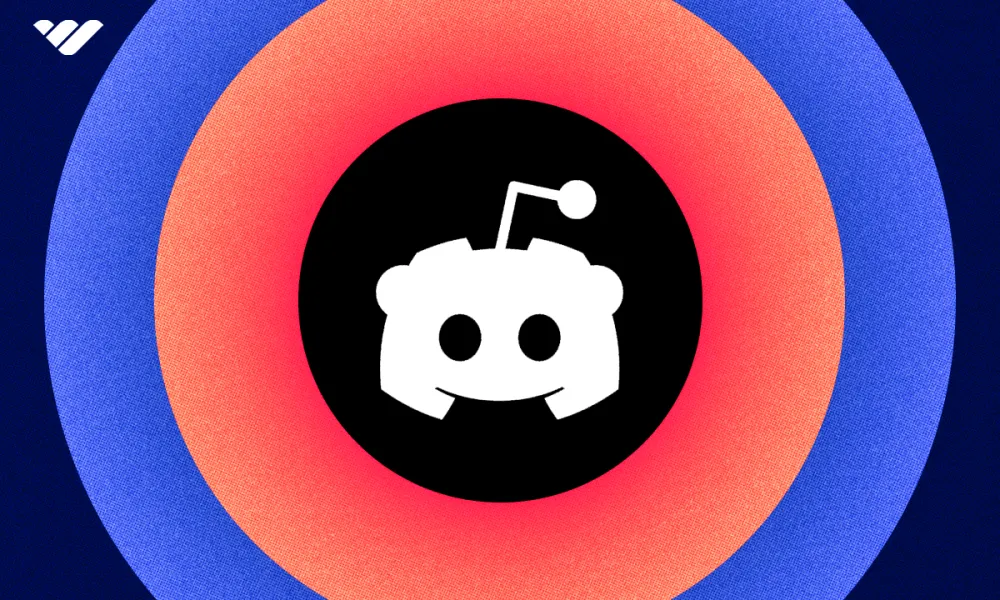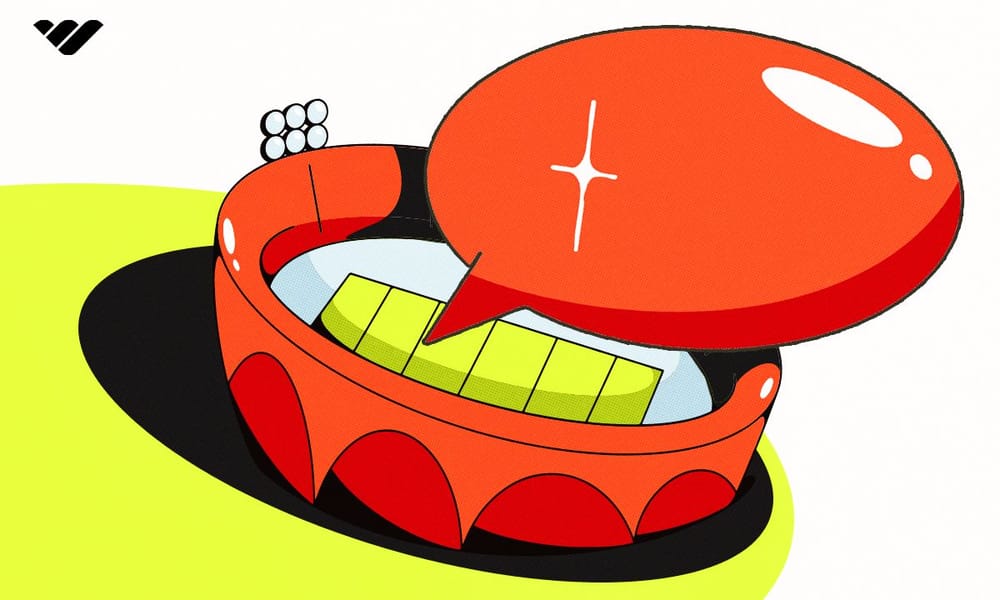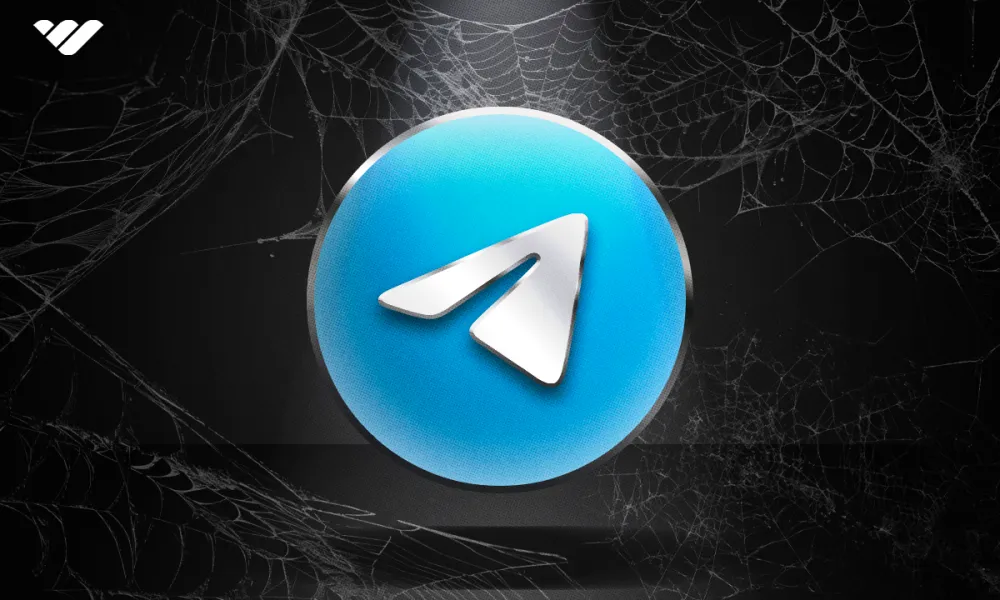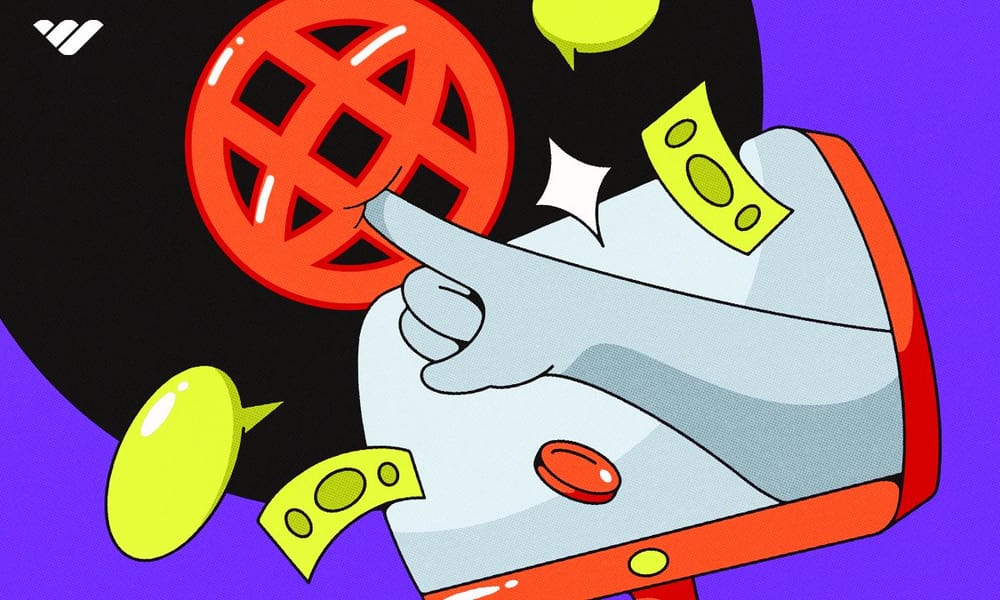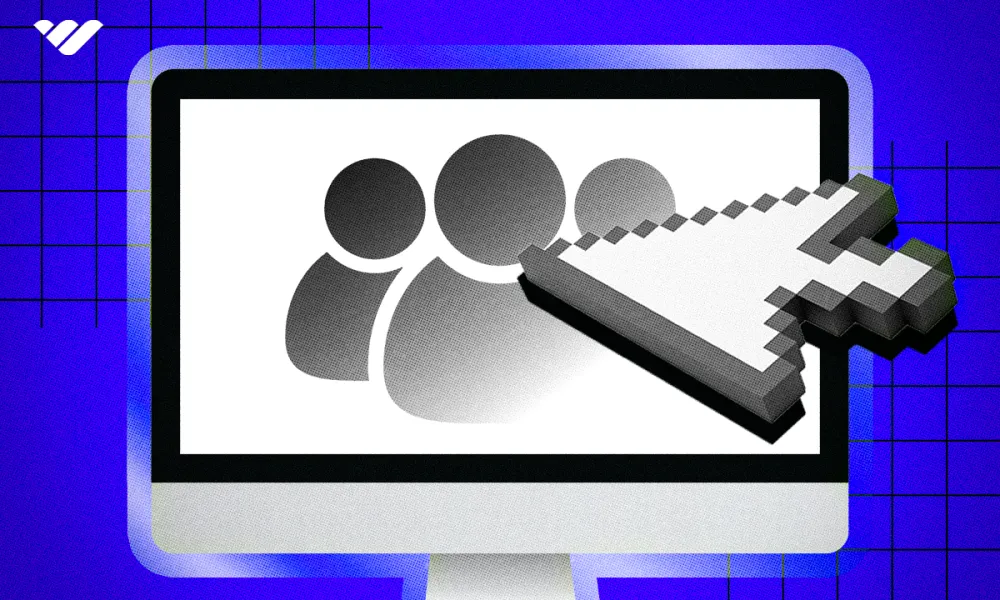Explore the power of gamification to enhance user engagement and loyalty in your brand or community. Discover six effective types of gamification rewards, from goal-driven incentives to luck-based promotions, that can motivate members and keep them coming back for more.
Gamification lets you add game-like elements and rewards to encourage user loyalty. It can provide your community with consistent engagement, potentially helping you scale sales and evolve your brand.
The term "gamification" didn't make it into the public consciousness until the early 2000s, but the idea is nothing new.
Take the example of the Boy Scouts. The organization was founded in 1908 and used badges to encourage its members to try new things and use new skills. The movement is still a success today.
In more recent eras, gamification has been used to encourage people of all ages to engage with brands, products, and services more consistently. It's an essential part of many community platforms.
Want to keep people coming back every day? Check out our expert tips for gamification.
Why reward your online community
These days, people don't just buy things from brands – they have full-on relationships with those brands.
Rather than brands being faceless corporations that people buy from, there's a two-way relationship, and many consumers feel that they're a part of a "tribe" of people who drive the same car or make the same clothing choices.
When running a business, if you want to hire and retain really good talent, you need to make sure that the vision that you have for that business is so large that the vision of the person that you're hiring fits inside of that larger vision.
And I feel like the same thing holds true for communities as well, because at the end of the day, the people that are inside of your communities are the ones that are the cheerleaders of you the most.
They support you and therefore you need to make sure that the vision of your community and goals of your business are going to be so big that they can fit and exist within it and that they're actually excited to go along this journey with you.
– Jasen Hunt, professional CAD instructor and online creator
Gamification helps build on that by rewarding people for their loyalty in fun or interesting ways. Users are encouraged to engage with the brand frequently and get a little dopamine hit from the rewards they receive. Some users might look for ways to "beat the system" and earn more rewards, which keeps them thinking about your brand even more.
If this gets people talking about the brand and thinking about it more than they were previously, it's a win for the brand owner and the consumer, too.
If you own a membership site or online community, you might be wondering how you can build rewards and gamification into the experience. There are lots of things you can use to reward frequent contributors and active users, and those rewards don't have to break the bank.
6 types of gamification rewards to give back to your members
Here are six easy-to-implement gamification rewards that can make your members feel appreciated and motivate them to engage with your community.
1. Goal-driven rewards
The most basic type of gamification is to reward people for hitting a pre-set goal.
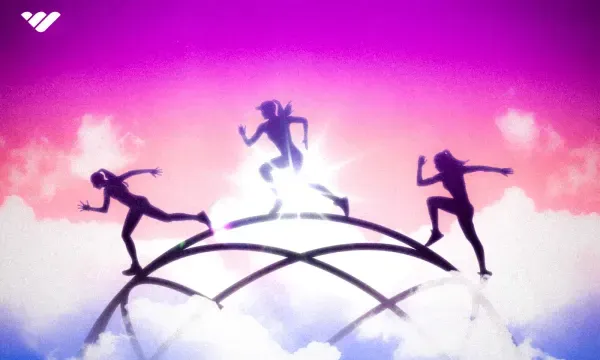
This kind of reward is a great incentive for people to work hard to reach as many potential members as possible and apply the lessons they've learned in their course.
Goal-driven rewards don't have to be as large as a trip to New York. You can scale your rewards based on the size of your business and your budget. For example, you could reward subscribers who complete an online course in a set time or with a high score by running an awards ceremony for them. Alternatively, you could offer discounts for community members who complete certain participation-based tasks.
2. Paced rewards
Many real-world retailers use paced rewards, encouraging consumers to buy from them regularly. For example, McDonald's used to run a Monopoly promotion where people received property codes with each purchase and could redeem those codes to earn points and entry into prize draws.
Popular coffee chain Cafe Nero runs a festive cracker promotion during the holiday season. Users get one cracker to open per purchase but can earn more by filling up loyalty cards. The more people buy, the more chances they have to win.
All thAT matters at the beginning is getting your first few customers in the door and giving them a good experience. The best way to do this and the easiest way to do this is by posting on social media like X, TikTok or Twitter and utilizing Whop's in-built tools.
So, for example, you could post a tweet with a promo code that's inbuilt on Whop, and the first five to ten members who join with that promo code, they're going to receive 50% off.
This little incentive is normally enough to get first customers in the door and people talking about your product or your whop.
- Lucas Duncan from Whop
Paced rewards can be effective at reaching a wider range of consumers. With the McDonald's monopoly promotion, even occasional customers have a good chance of winning a small prize, such as a free drink or a discount voucher for a popular retailer.
Those who take the game seriously (and therefore spend more) can save up points and aim for much bigger prizes.
If you're worried about consumers complaining that your promotions are "pay to win", paced rewards can help reduce that perception because everyone has a chance to get in on the action.
3. Friend rewards
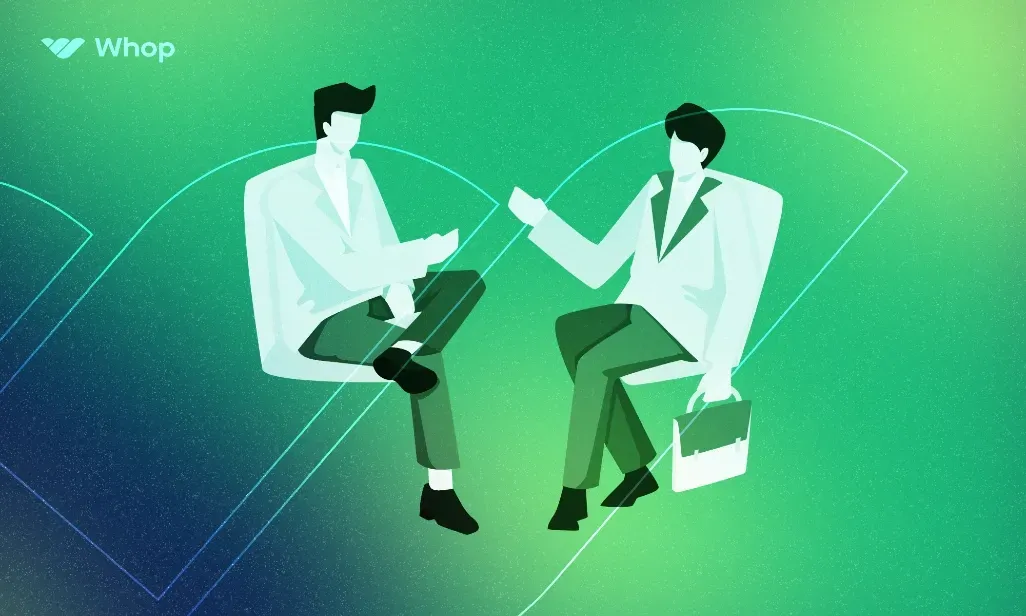
New customers are the lifeblood of any business, and what better way to acquire them than through word of mouth? Friend rewards can turn your existing customers into advocates for your business.
Traditional "refer a friend" promotions where you give a customer a month's free membership for referring someone new are based on this model, but there are other promotions that are lower friction and could attract more participants.
For example, social media competitions that ask you to tag a friend you'd like to enjoy the prize with are a good example of this form of marketing. Each person participating in the draw tags a friend. This extends the reach of your post; helping your brand be seen by more potential customers.
4. Luck rewards
Video game developers are the masters of using luck-based gamification, to the point that so-called "gacha games" are age-restricted in some parts of the world. Luck-based games with small rewards given out frequently are an effective and inexpensive way of getting people to keep coming back day after day.
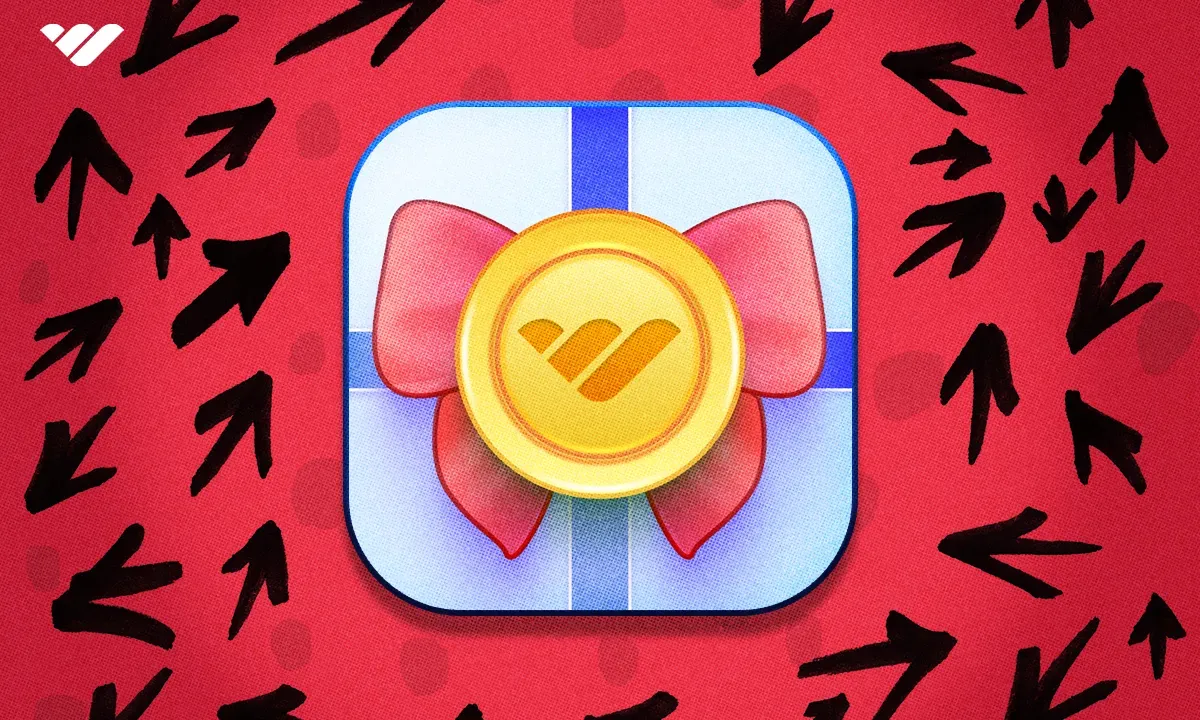
Advent calendars with small daily prizes are a good example of a luck-based reward. Another example of a giveaway app is a prize wheel, with users being given a free daily spin or a spin after each purchase.
You don't need to be a skilled developer to implement this sort of thing. Whop provides a Wheel app that's ready to use out of the box. Simply enter the prizes you'd like to hand out, the number of those prizes you have available, and the frequency with which you'd like to award those prizes.
Finally, decide whether the app is visible to all users of your whop or only users with a specific membership tier. Once your wheel is set up, simply enable it then sit back and relax while Whop handles all the technical stuff automatically.
5. Rolling rewards
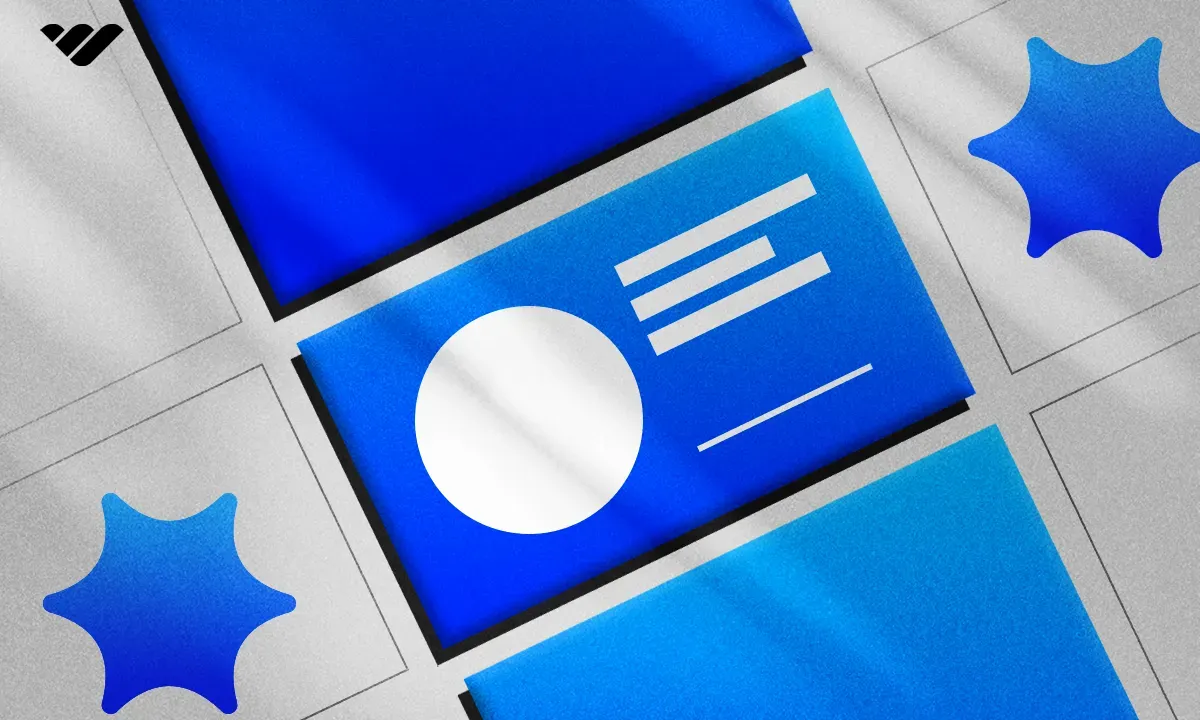
Lotteries and raffles are examples of rolling rewards. Unlike luck-based reward programs, where the "roll" to determine a winner takes place when they open a cracker or spin a wheel, rolling rewards take place at a pre-determined time. That could be a weekly draw or a lottery drawing that takes place after a certain number of purchases has been made.
Users can earn or buy multiple entries into each draw, and their individual chances of winning will increase based on the number of entries they have. Rolling rewards encourage people to come back to your app or website to find out who won the draw.
If you're on a limited budget but do have the capacity to offer one large prize, rolling rewards can be a cost-effective form of marketing. Offering a $1,000 prize is more exciting than 100 prizes worth $10 each, even though more people will have a chance to win the first prize and it costs the same amount for you.
6. Surprise rewards
A lot of people who enter the lottery know that they're unlikely to win, but they enjoy dreaming about what they'll do if they get the big prize. With the lottery, people know that the prizes are cash, but they don't know how much. Any win from thousands of dollars up to millions will make a big difference in their lives, and they enter partly for the fun and escapism that dreaming about a win offers.
Surprise rewards use a similar kind of psychology, although the rewards don't have to be as substantial. Community members enter a prize draw or take part in a contest, with the winners and the prizes being announced at a later date.
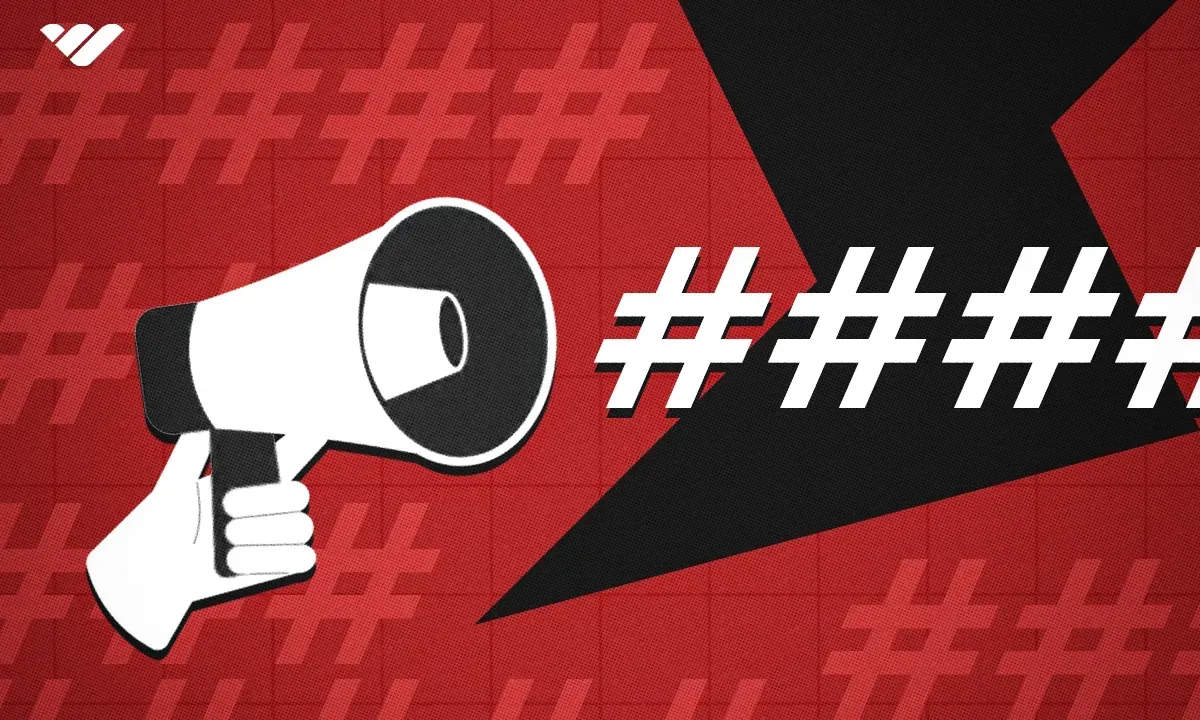
This kind of promotion is a good option for building a community. If you want to get people posting content, voting on other user's content, and referring their friends, you could run a month-long promotion and reward the most active users at the end of the month. There could be a couple of high-value prizes for the most active participants, with other users being given smaller prizes such as discounts, free membership time, or merchandise.
If your community members have an idea of what's being offered in each tier but don't know exactly what the prizes will be, they get double the excitement while waiting to see who has won what.
How often should I reward my community?
One thing many marketers struggle with is figuring out how often to run promotions, competitions, and reward programs. If you run them too often, users come to expect them and it can be difficult to get people to pay full price for your products, or use your service when there isn't a promotion going on. Too little, and users might lose interest.
Too often social media and online communities have become one and the same. Don't do what the next person is doing just because it looks like it's working for them.
You have your own unique set of experiences, knowledge and personality that's designed to inspire and help a specific group of people out there in the universe. Remember, building a community starts with providing value through content first.
-Jordan Kilgour, XFACTR
Successful online community managers give their community something to look forward to, while not devaluing their service. For example, the video game store platform Steam runs two large sales per year with deep discounts, free items from their points shop, and discount vouchers given away to users who perform certain actions on the platform. They also run several smaller sales and themed "fests" aimed at narrower demographics.
These sales generate a lot of buzz among the community, with users posting about discounts they've found and new games they've bought. In recent years, some sales included hidden 'easter eggs' and even mini-games to get users to spend more time on the platform.
If you sell a service rather than a range of products and have users who are paying a monthly subscription, it can be harder to figure out a schedule for your promotions. One option could be to run a monthly rewards program or to have loyalty programs that users opt-in to and earn prizes at a steady pace. With this kind of program, each user will be on a different cycle, and they'll always know that the next reward is just around the corner for them.
What’s the most cost-effective way to give a reward?
The purpose of rewards is to generate publicity, sales, and goodwill. When you're designing your reward program or competition plans, it's important to consider the return on investment you need or expect from the program. Think about the following:
- How much does it cost to acquire a new customer?
- How much is the average customer worth over their expected lifetime with the company?
- What is the churn rate of your customer/subscriber base (and can you reduce this)?
- How successful are your existing marketing efforts?
Your reward program should either encourage existing customers to spend more money or generate new customers. Ideally both. If it's not doing those things, then it's a waste of time and money.
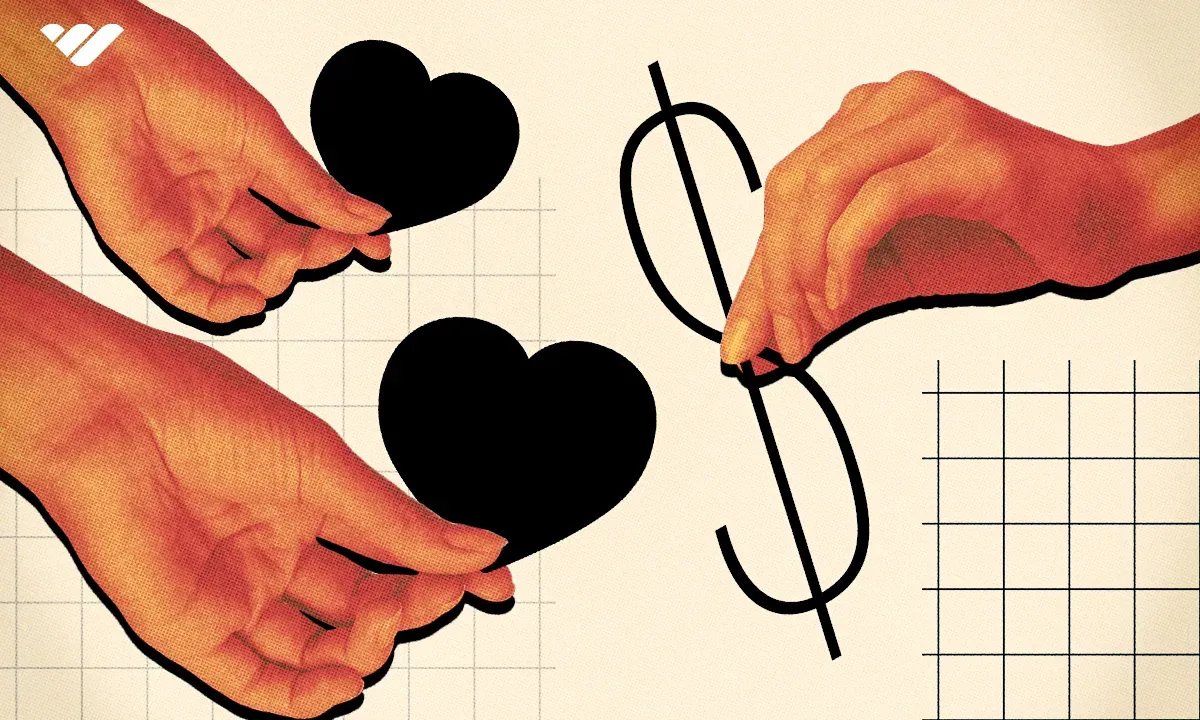
Ideally, the amount you spend on prizes and implementing your reward program should be less than the amount you earn from attracting new customers. To achieve this, try to find a balance between offering prizes that are inexpensive to you but would still interest your target audience, and prizes that cost more money and will generate a lot of buzz.
For example, prizes such as free shipping on your next order, money off coupons, or a free membership period probably don't cost you a lot of money compared to the perceived value for the customer. You can give away a lot of these, making your competition look generous, and make a profit in the long run.
In contrast, prizes that require significant time investment (such as a free training session with you), or that require you to spend money with another retailer to purchase something, will cost you more and therefore should be considered carefully. If you're confident those prizes will generate lots of buzz, and that the buzz will turn into new clients, those high-value prizes make sense.
The technical and administrative burden of giving out rewards can be a challenge, especially if you run a smaller company. The Whop Wheel helps with this, as well as the financial aspect of managing rewards. You don't need to spend a lot of time coding or managing complex and confusing integrations, just answer a few questions about the integrations and you're good to go. What's more, with the Whop Wheel, the prizes are paid for by Whop, not you. It's a golden opportunity for you to generate goodwill.
Create your community on Whop and start rewarding your members today
Having a strong community behind you is key to building a sustainable business. Gamified rewards help keep your community engaged in the long term, build goodwill, and turn users into staunch advocates for your business.
That's why Whop offers features such as the Whop Wheel, to help you reward your members and keep them coming back day after day.
Whop makes every aspect of building a community easier, from providing a place for chats, media sharing, and discussion, to handling your online store, payment processing, and more.
With Whop, there are no membership fees for creators and community owners. The platform takes a commission on each sale you make, so Whop only makes money when you do.
If you'd like to start building a community on Whop, join now for free and see how the power of community can help you earn thousands online.


